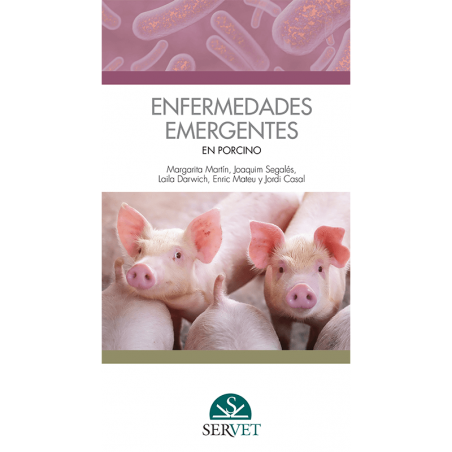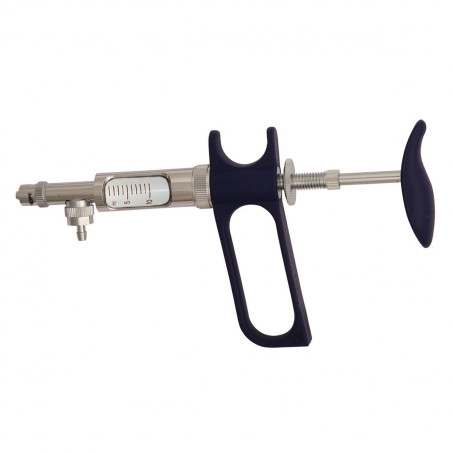Despite more than 30 years since the discovery of the porcine reproductive and respiratory syndrome (PRRS) virus, the disease continues to challenge veterinarians and producers across the globe. It has been described that the control of PRRS virus relies on four pillars: early diagnosis and monitoring, biosecurity, herd management, and immunisation. However, the heterogeneity at the molecular level between the 2 main genotypes (Type I - EU like and type II - NA like), together with the characteristics of the swine industry in specific parts of the world, will determine the differences in the approach to the control of this disease. As a result, we have put together a series of articles in which we will be highlighting the different perspectives and opinions of PRRS control with key swine veterinary practitioners from some of the most important global production regions: Germany, USA, Spain, and China. In this first article, of a series dedicated to PRRS, we will describe the “PRRS-ception” of this disease across the globe.
All of the interviewed veterinarians agreed on the importance of the disease in their respective regions with no doubts. Albert Vidal, the technical service director of Vall Companys, the largest vertically integrated production system in Spain with 104,000 sows and an average sow herd size of 1500, emphasized that it is a very frustrating disease. From Vidal’s perspective, their biggest challenge is to fully understand the virus’ mechanisms of transmission between farms since their sites are in swine dense regions. As a result, they focus their daily work on preventing other more predictable diseases syndromes caused by organisms such as Brachyspira hyodysenteriae or Actinobacillus pleuropneumoniae. Inge Böhne, a private practitioner from the Lower Saxony region in Germany, agrees with Vidal and defines PRRS as a very common disease in her area. As owner of her own swine clinic, she oversees a total of 10,000 sows with an average size of 200 sows/ farm. She deals with other pathogens in her daily work (such us influenza, PCV2 or colibacillosis) however the main problem is PRRS because it is always there. On the other hand, Andrea Pitkin uses the term “scary” to define the disease due to the uncertainty of not knowing what strain will be hitting the farm next. As a health assurance veterinarian for PIC USA since 2015 and her previous experience as a practitioner in one of the largest swine clinics in the upper Midwest region of North American (NA), Pitkin knows very well how PRRS virus behaves in NA. Virus diversity and the limited information of how those molecular changes correlate to changes in virulence and pathogenesis are her main concerns about this disease. In China, Bill Wang has the experience of dealing with PRRS in traditional family farms (200 pigs) and in large systems. He is one of the veterinarianat DanAg Agritech Consulting, group whose biggest client has 80,000 sows and an average of 5,000 sows per farm. Despite many other infectious challenges in the Chinese swine industry, Wang considers PRRS to be the most important in terms of economic losses and difficulty to control. He considers the complexity of the immune response against PRRS virus to be the main challenge in controlling the disease in the field. Neutralizing antibody and the cellular immune response against PRRS virus are complex and take time. The misunderstanding between the presence of regular PRRS virus antibodies and their lack of correlation with protection against the disease is a concept that he finds difficult among producers and the key for PRRS control and elimination.

When the PRRS virus enters a farm, all of the interviewed practitioners agreed upon the strategies they need to implement to recover a stable status. But, do they all aim to eliminate the field virus? Pitkin and Wang agreed that it will depend on the type of farm. Pitkin differentiates between commercial and genetic farms. She ensures that all multipliers in NA will decide to eradicate the virus if they get infected. This approach contrasts with the 90% of commercial farms that choose to stabilize and coexist. Wang, distinguished between farrow-to-wean and farrow-to-finish farms and highlighted the role that the farm veterinarian may play in this decision. From Vidal’s perspective the order of the 3 most important variables that will support the eradication of the disease in the field are: 1) Location, 2) Location, and 3) Location!!!! His system will only pursue eradication in multiplication farms after a successful outbreak investigation and only on when the history supports the likelihood that they can remain negative. Similar to Vidal, Böhne describes her area in Germany as a very swine dense region, but in her case, due to the large amount of incoming pigs from other countries (such us Denmark and The Netherlands) that arrive on a continuous basis, very few farms will try to eradicate the virus (with the exception of some multipliers). She remarks that good external biosecurity is necessary and recommends a minimum of 2 km to the nearest neighbouring farm.
In the upcoming articles, we will describe how these practitioners approach gilt acclimation and disease surveillance for PRRS virus.









